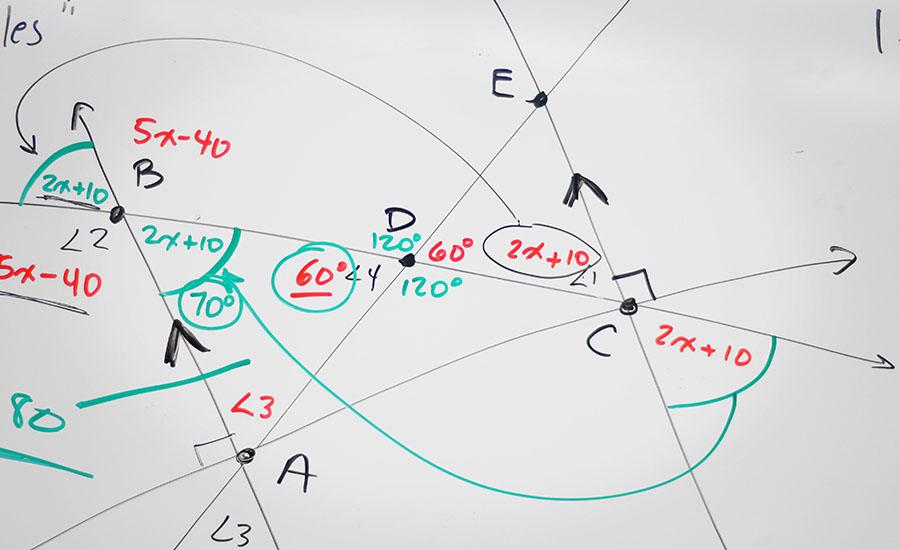
Bridge Design Challenge For this design challenge, each group will build a bridge out of 200 popsicle sticks and 1 bottle of Elmer’s glue. The bridge will span a 12 inch gap between tables. After the

Students will test the relationships between mass, speed, and kinetic energy using a toy skateboard.

Students will be creating their own arcade games with recycled materials. One idea can change the world! During this activity students will be going through the engineering design process.

After completing a ratio table and researching the benefits of the ingredients in chicken feed, students will now be able to build a bag of chicken feed for a local farmer!

This activity walks students through the basics of using the 3D modeling software TinkerCAD and how to transfer their image to a 3D printer.

This lesson walks students through reimagining a schoolyard space by calculating scale model and creating scale objects.

Stage 2 of a 4-stage project. Students will continue to research the pros and cons of small farms. Students will revisit their original farm drawing, ensuring they have different key features, and

Stage one of a 4 stage project. Students will research crops and seasons to create a blueprint that will serve as the guidelines for building a small functioning farm.

Students will use jelly beans to model the variation that results from sexual reproduction. They will use Punnett Squares to practice probability.

This lesson takes place in a classroom over two weeks. Students may work in small groups of 2-3. Prior to the robotics challenge, teachers should facilitate student discussion through guided lessons

Plants are the basis for nearly all agricultural production. Agricultural plant crops produce food, fiber, fuel, and aesthetically pleasing plants. Plants utilize energy from the Sun to convert water













